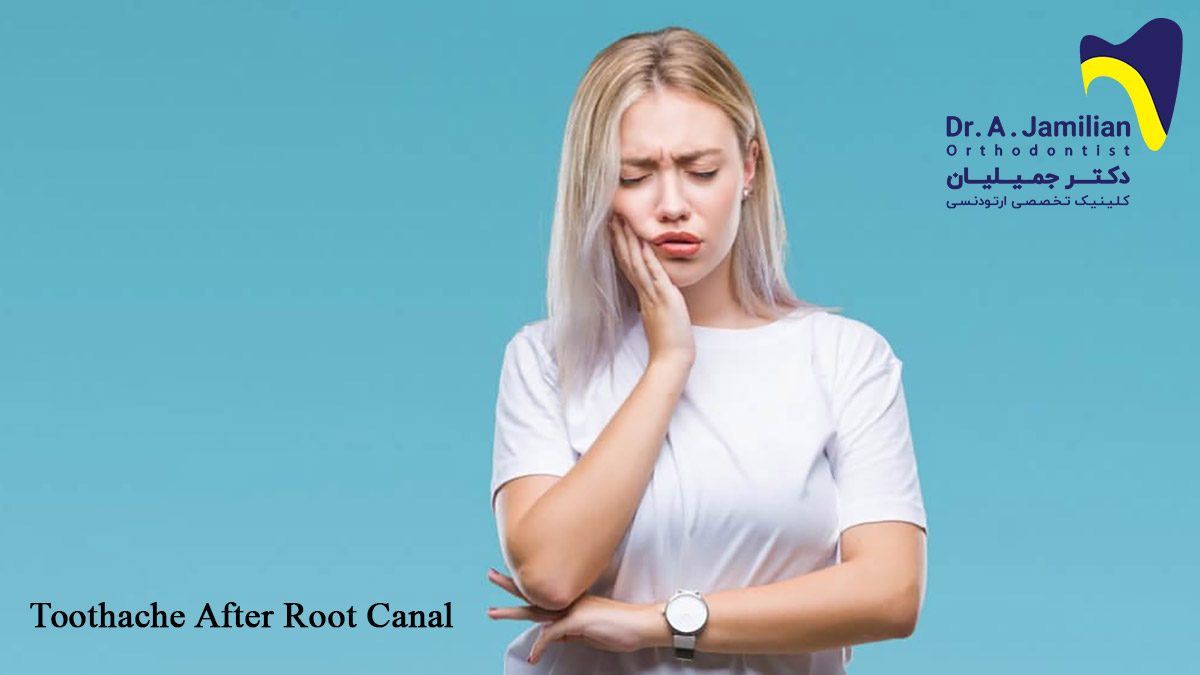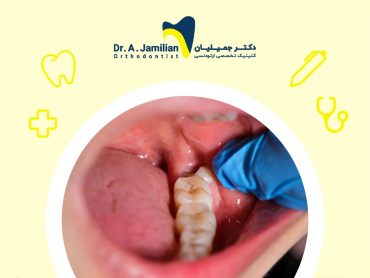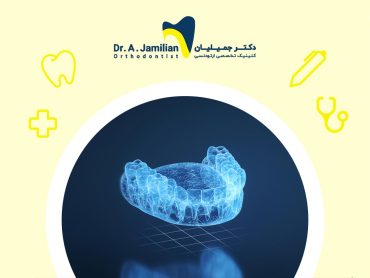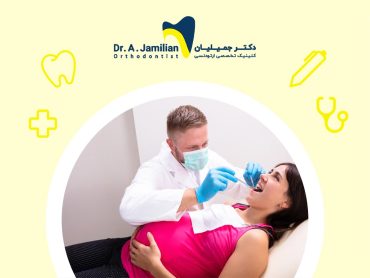In complete root canal treatments, the tooth nerve is removed, and hence there is no pain. Endodontic is a basic tooth restoration treatment, and the resulting pain is mainly related to the tooth surrounding tissue rather than the tooth. Therefore, post-endodontic pain may be due to the following reasons:
- Pain can be normal up to about two weeks after the root canal, mainly caused by the inflammation of the root surrounding the bone. This pain can be relieved by anti-inflammatory drugs such as ibuprofen.
- Pain may arise from the decay of another tooth. A thorough examination by the dentist and radiography can help diagnose the problem.
- Sometimes the impacted wisdom tooth is the cause of pain.
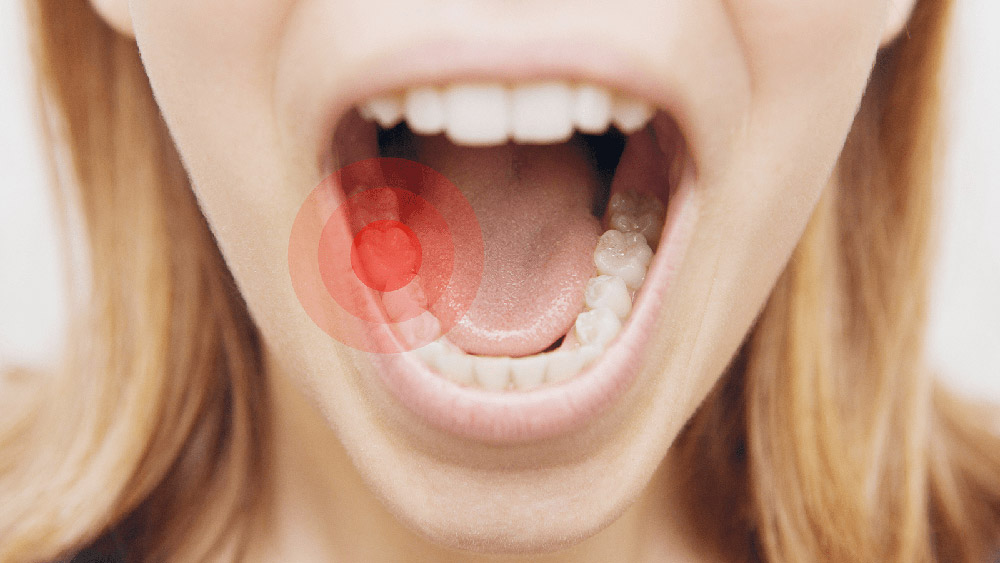
- The pulp of one of the canals may not be removed.
- Pain can arise from canal washing, cement paste, and air used during the process and when the drill passes through the root tip. Ask the dentist about the possibility of these options.
- Inform the dentist or endodontist when a purulent boil emerges near a tooth.
- Long or oversize filling materials or veneers can cause pain by interfering with occlusion or through pressure on the gums.
- In the worst case, the tooth may be cracked or broken, retaining of which is rarely possible.
- Despite all care given in the treatment, microbes can remain in the tiny microscopic spaces near the root tip and result in pain, necessitating the root tip surgery.
- In general, about 10% of endodontic treatments are unsuccessful for various reasons and may require re-treatment or sometimes lead to tooth extraction.
Prevention of post-endodontic tooth pain
As mentioned, abnormal post-endodontic pain can be attributed to the reasons discussed above. Consult an experienced endodontist to prevent these complications. Gums inflammation and pain can be prevented by applying an ice pack immediately after root canal treatment. After a recession of inflammation, a hot water compress can be used to relieve possible pain and sensitivity.

When to see the dentist again?
Post-endodontic pain should be relieved within one to three days. Visit your dentist if the pain does not subside or even is worsened during this time. Sometimes endodontic treatment takes more than one session and even up to three sessions. The treatment should be continued until a complete recession of symptoms such as inflammation and pain.
Post-endodontic pain control
Visit your dentist if the pain is not relieved after root canal treatment. The dentist will prescribe and perform the necessary treatments. Note that oral hygiene is of greater importance at this time. The chlorhexidine solution helps disinfect the oral cavity. Use orthodontics mouthwash if you are under orthodontics treatment because chlorhexidine causes teeth to yellow and decay.
Avoid eating hard and chewy foods to prevent pressure on the teeth. Some exercises such as yoga, meditation, and tai chi can help control tooth pain.
